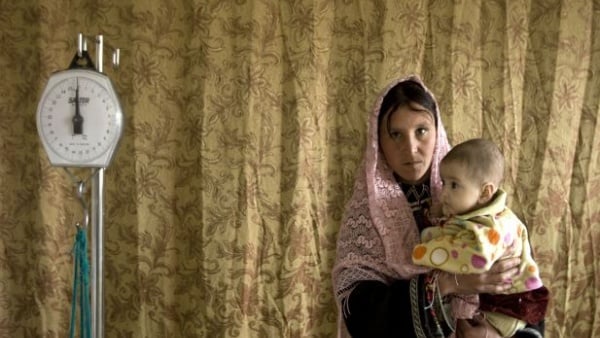
Failing this major target, the country would be on track to miss its Sustainable Development Goals (SDG) 2030 for the availability of services to women on family planning and reproductive health, just as was the case for the Millennium Development Goals (MDGs).
According to the census report for 2017, the population is growing at a rate of 2.41 per cent across the country. In Khyber-Pakhtunkhwa, where the population nearly doubled from 17.7 million in 1998 to 30.52 million in 2017, the population has grown at a rate of 2.8 per cent.
Punjab clocked in a slower 2.1 per cent growth, 2.4 per cent for Sindh and 3.1 per cent for Balochistan.
Officials say that the London summit for FP2020 decided that family planning and reproductive health (FPRH) services will be provided to 120 million women in 71 countries across the world with some 7 million in Pakistan. This, however, may not be met.
Officials say some Rs14.8 billion was allocated for family planning for a population of 220 million, or around Rs60 per individual — around Rs250 less than international standards.
“We are not even close to it,” explained National Health Services Regulation and Coordination Director General Abdul Ghaffar Khan to The Express Tribune.
During a quarterly meeting of the Country Engagement Working Group (CEWG) in the provincial capital last week, officials shared details of the programme’s status in all the provinces.
The Pakistan Demographic Health Survey (PDHS) 2017 shows that 34 per cent of all married women use any method of family planning. Of these, 25 per cent opt for modern methods while nine per cent rely on traditional methods.
Among currently married women, the most popular modern family planning method is the male contraceptive and female sterilisation (each used by nine per cent). Contraceptive prevalence rates (CPR) amongst married women vary with age, rising from seven per cent among women between the ages of 15-19, peaking at 48 per cent for women between the ages of 40-44, and then slightly declining to 37 per cent amongst women of 45-49 years of age.
More women in urban areas are more likely to use a contraceptive method than women in rural areas, 43 per cent versus 29 per cent respectively.
The use of contraceptive methods, both modern as well as traditional, increases with education and wealth, the PDHS report says.
For instance, 22 per cent of married women with no education used a modern method of contraception compared to 30 per cent of women with secondary or higher levels of education.
Similarly, seven per cent of currently married women with no education used a traditional method compared with 14 per cent of women who had a higher level of education.
Published in The Express Tribune, September 18th, 2018.

1732071267-0/lana-(2)1732071267-0-165x106.webp)
1727242355-0/Diddy-(1)1727242355-0-165x106.webp)

1732063440-0/elon-(3)1732063440-0-165x106.webp)






COMMENTS
Comments are moderated and generally will be posted if they are on-topic and not abusive.
For more information, please see our Comments FAQ